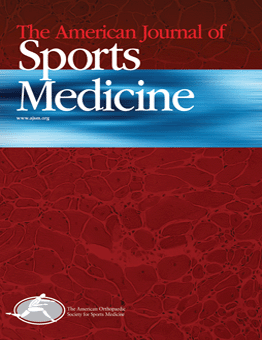
SPORTS MEDICINE
Biodegradable screws create larger bone tunnels in ACL graft fixation
This report has been verified
by one or more authors of the
original publication.
Am J Sports Med. 2010 Aug;38(8):1598-605. Epub 2010 Apr 14.
77 patients with a symptomatic unilateral chronic ACL rupture were randomized to reconstruction using hamstring autograft with the use of either poly-L-lactide acid (PLLA) or metal interference screw fixation. At 8 years follow up, the PLLA screw for hamstring tendon (HT) autograft fixation in ACL repair was found to have a significantly larger femoral bone tunnels compared to metal interference screws. However, these observations were not associated with any differences in the clinical outcome measurements.
Unlock the full ACE Report
You have access to {0} free articles per month.Click below to unlock and view this {1}
Unlock NowCritical appraisals of the latest, high-impact randomized controlled trials and systematic reviews in orthopaedics
Access to OrthoEvidence podcast content, including collaborations with the Journal of Bone and Joint Surgery, interviews with internationally recognized surgeons, and roundtable discussions on orthopaedic news and topics
Subscription to The Pulse, a twice-weekly evidence-based newsletter designed to help you make better clinical decisions
Exclusive access to original content articles, including in-house systematic reviews, and articles on health research methods and hot orthopaedic topics
Or upgrade today and gain access to all OrthoEvidence content for just $1.99 per week.
Already have an account? Log in


Subscribe to "The Pulse"
Evidence-Based Orthopaedics direct to your inbox.
{0} of {1} free articles
Become an OrthoEvidence Premium Member. Expand your perspective with high-quality evidence.
Upgrade Now













































































